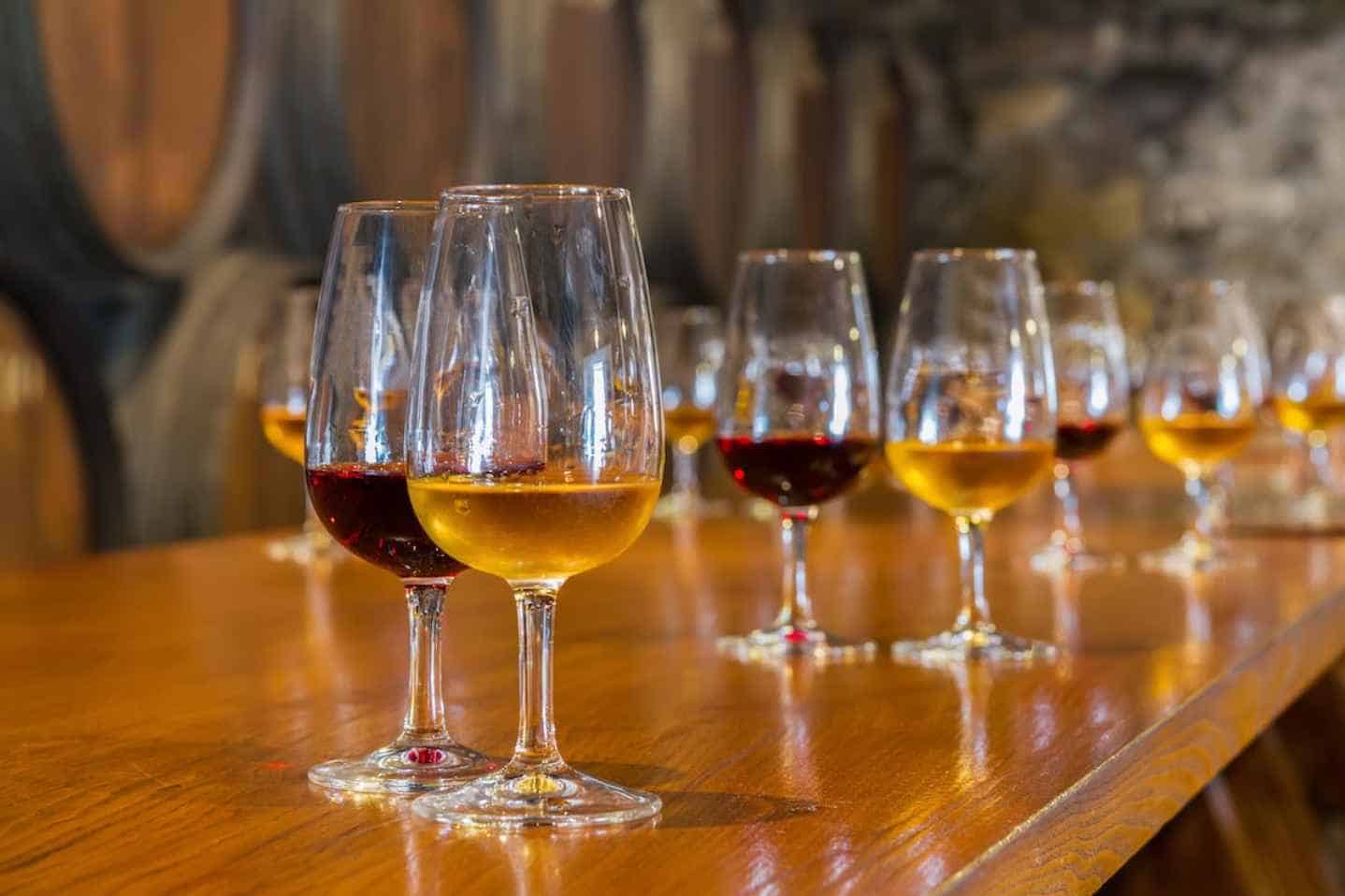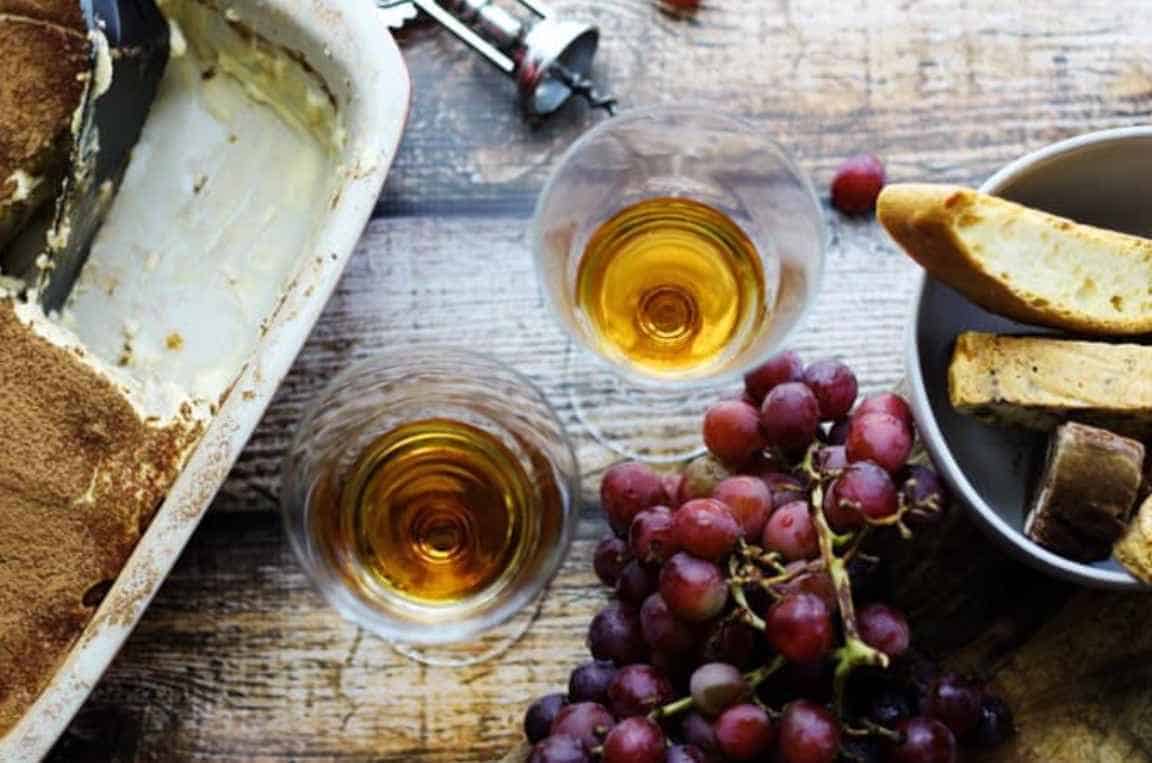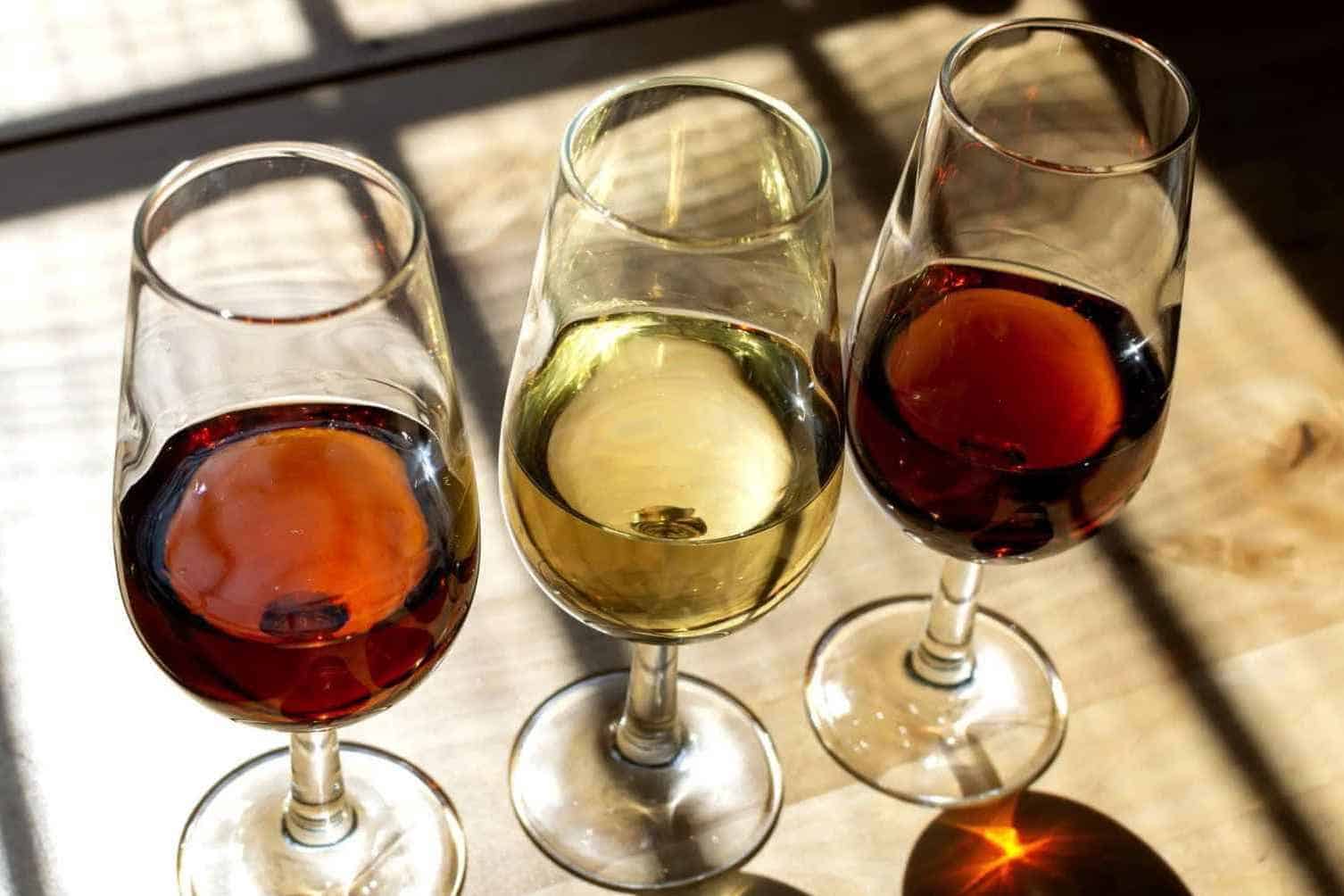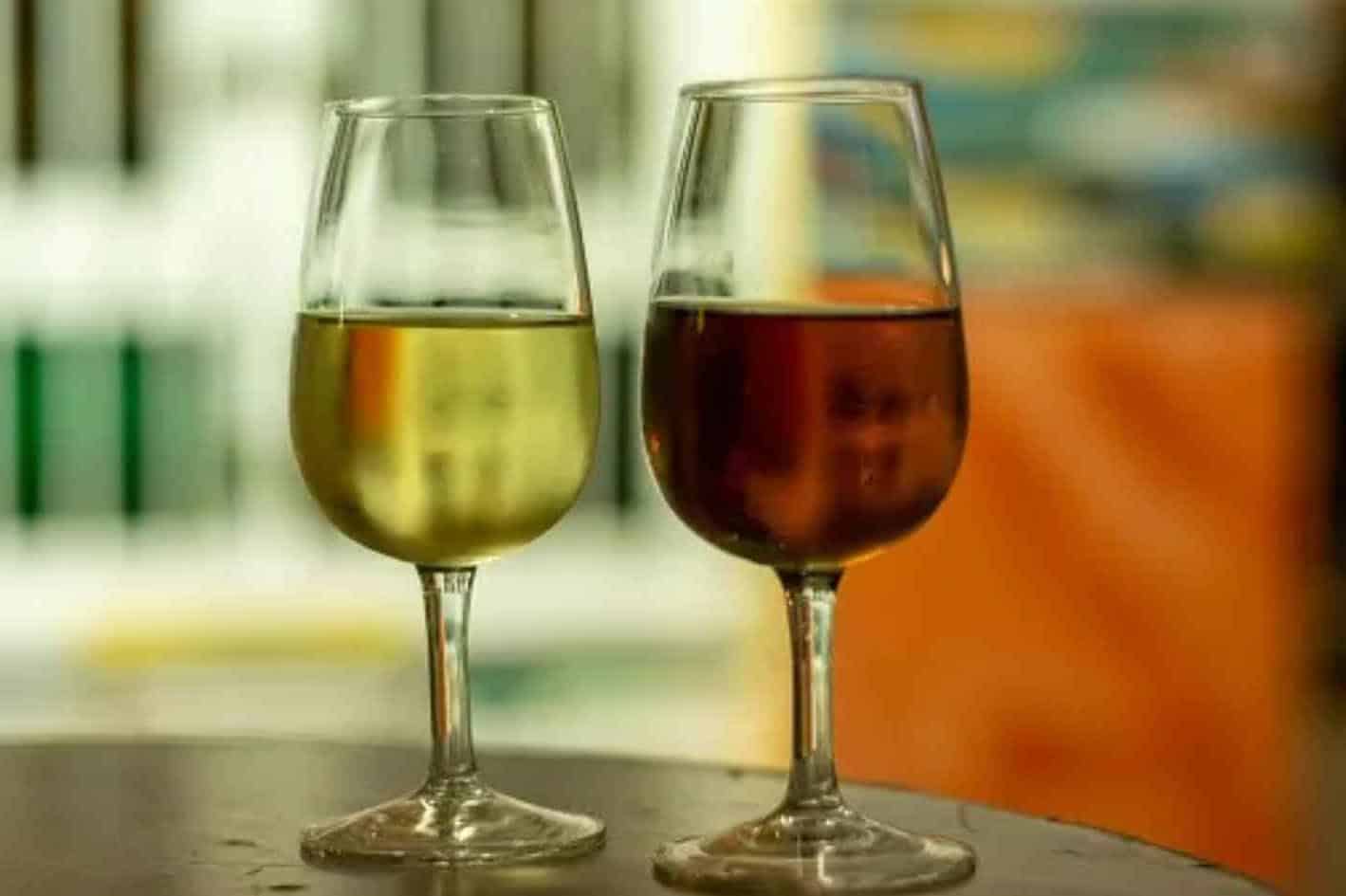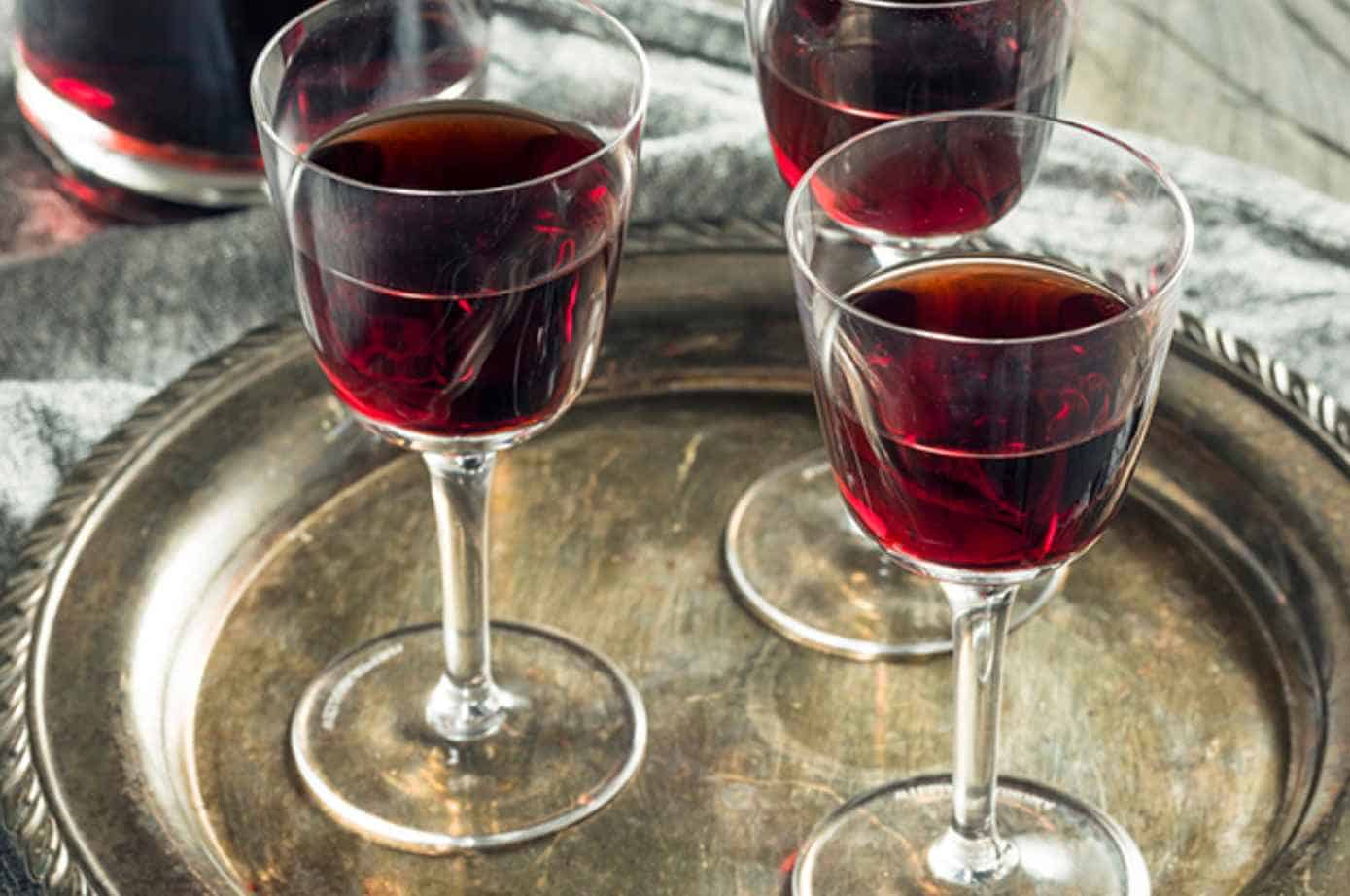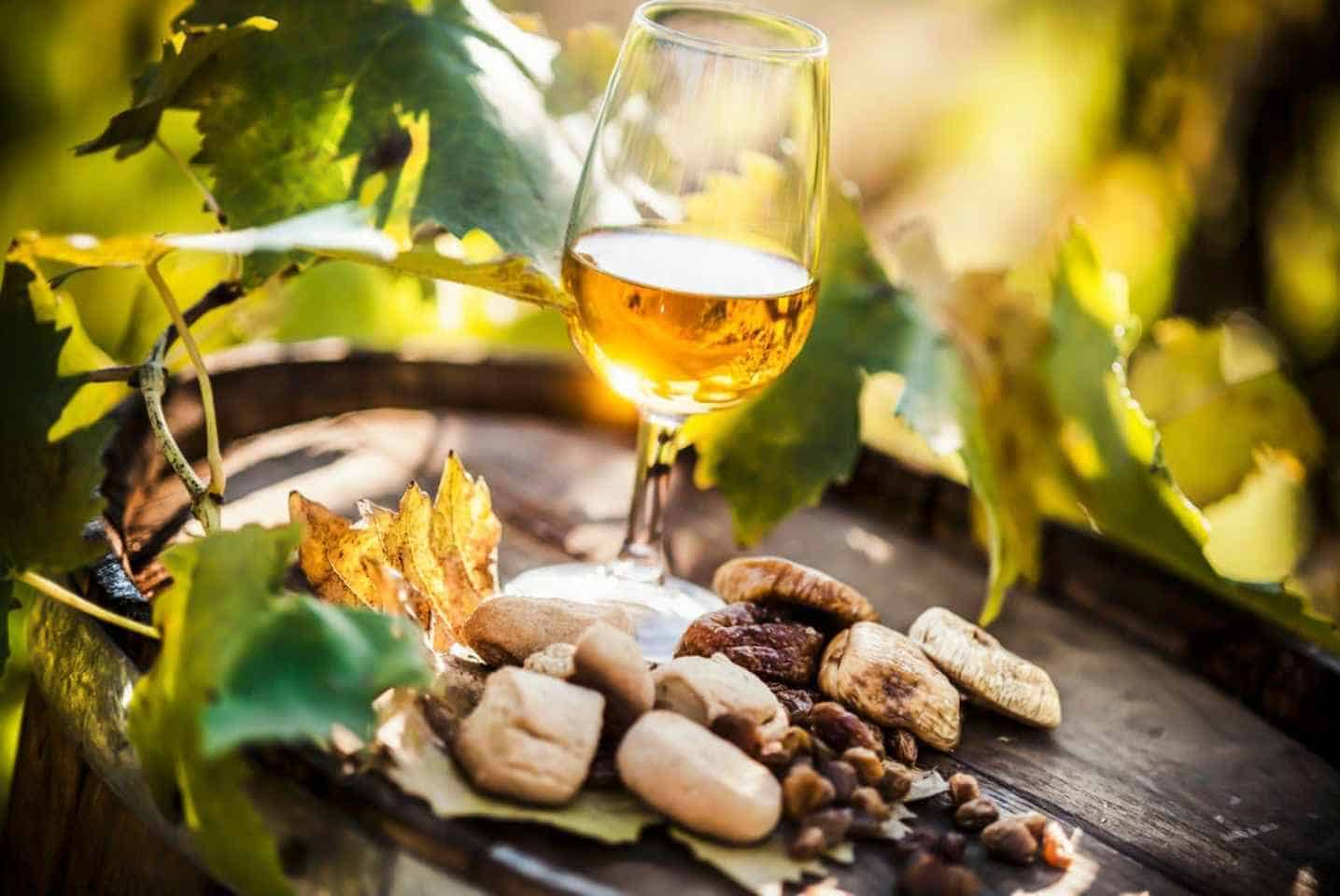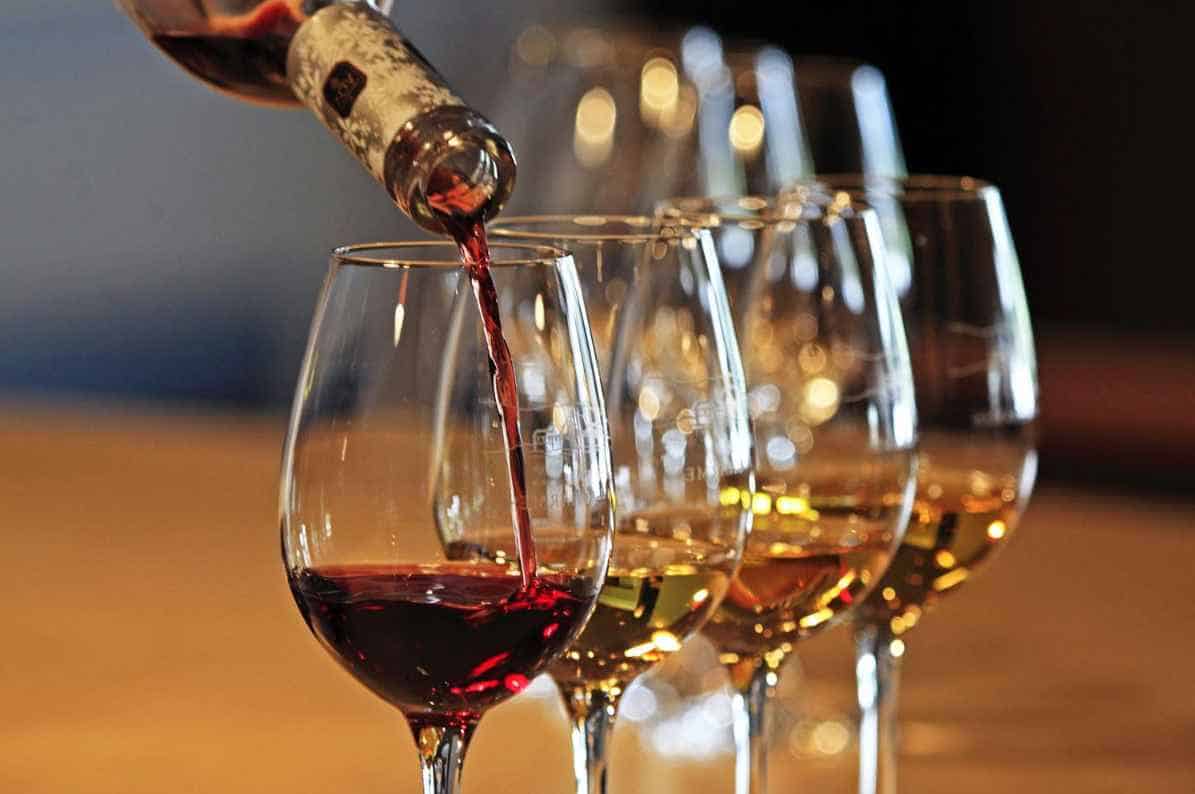Dessert wines are an excellent finisher to any fine-dining meal, while some can also be enjoyed as starters. We know you will find this type of wine exciting with its sweet taste and zesty flavors. With that said, we will answer what is dessert wine and some styles you can try out.
What is Dessert Wine?
Many wine connoisseurs find most dessert wines sought-after. Most of the time, an expensive and delicate wine is an excellent finishing touch to any fine-dining meal. It’s where most dessert wines come in.
Dessert wine stands out from the sea of different wine varieties through its distinct sweet taste. Residual sugar is one of the defining characteristics of dessert wines. It has a large number of them that even leads to fruity and delicious notes.
Many find dessert wines to be for people intimidated or not interested in red wine’s intricate and bold taste. However, this is far from the truth. Although most dessert wines are sweet, they also vary in taste and texture.
Opting for dry or semi-dry ones can be an excellent option if you are not a fan of overly sweet dessert wines. It offers a less sweet variety while retaining the fruity notes known in dessert wine by limiting the amount of residual sugar.
Most dessert wines are part of a fine dining meal’s aperitif and digestif cycle. It’s not surprising that these bright, sweet, and refreshing wines are great meal starters. Sip can prepare your taste buds for the more savory and tangy dishes for the night.
They are also a favorite pairing with savory and spicy dishes, as the sweetness can quickly cleanse the palate. Along with that, they are also excellent for most creamy and saucy fine-dining menus.
How is Dessert Wine Made?
Most of the time, dessert wines are made with white or late-harvested wine grapes. Although white wine grapes are the standard for dessert wines, there are some well-known red dessert wines such as Zinfandel and Petite Sirah.
Most dessert wines come from these types of wine grapes:
- Late-harvested wine grapes/ Ice Wines
- White wine grapes
- Fortified wine
- Wines with noble rot
Ice wines or late-harvested wine grapes are an excellent way to retain many residual sugars in the wine. As the wine grapes are riper and more sweetened in the vines, they have more sugar. Adding the ice or frozen nature of this wine results in a much sweeter blend.
It’s not uncommon to think of dessert wines to be light in color. This lack of bold hue is due to the more sugar in white wine grapes. Most of these grapes also have fewer tannins, leading to a less bold and fruity flavor.
Fortified wines contain a small amount of brandy and alcohol in the blend. This type of wine has more alcohol and much residual sugar. Long fermenting dessert wines such as Port and Madeira are fortified types.
Noble rot might be a fungal infection, but it can help the wine to be sweeter. Sauternes and Tokaji belong to this group. As you will need a specific temperature for these fungi to grow, these dessert wines are very sought-after.
Although dessert wines have a sweet and high sugar residue, it’s often not allowed to put sugar in the blend. It’s thoroughly regulated and even prohibited in many breweries and appellations throughout the world.
The intricate process and extensive labor to make most dessert wines lead to them being on the more expensive side.
Dessert Wine vs. Fortified Wine: What are the differences?
Although many people equate dessert wine with fortified wine, these two are different. However, they both have similarities, so it’s no surprise that many confuse them.
First is their large amount of alcohol. Most dessert wines have a lot more alcohol compared to bold red wines. It’s due to their highly concentrated nature.
Meanwhile, fortified wines are the same. Due to the introduction of alcohol during brewing, this wine has a much higher ABV.
Both this type of wine has many residual sugars due to longer fermentation. It’s also why many confuse the two together. However, they are different wines that are flavorful and excellent in their unique way.
Fortified wines ferment in a very long process. Some blends of Port wine can even last in the fermentation stage for a decade or more. This leads to more sugar and, thus, more alcohol.
On the other hand, dessert wines are a broader sub-category of wine. It encompasses many types and is adjacent to most white wines. Although most fortified wines are dessert wines, not all dessert wines are fortified wines.
Taste and Appearance of Dessert Wine
Most of the time, dessert wines are light in color as they are made with white wine grapes. However, there are exceptions, such as Zinfandel and Malbec, which have a striking red-to-brown color.
When it comes to taste, it’s no secret that dessert wines are very sweet. It’s sweeter and fruitier than the well-known reds. However, it also varies a lot more than people expect.
Dry and semi-dry dessert wines have lower residual sugar. It has a nice smooth finish and none of the thickness typical in dessert wines. They are also commonly paired with savory food and are excellent for cooking.
Besides the less residual sugar, dessert wines can also have a mix of earthy notes. Although most have a zesty hint of citrus, some white wines feature hints of cinnamon, oak, and chocolates. This is done through the oak commonly used in fermenting wines.
10 Best Dessert Wines
|
Type Of Dessert Wine |
Sugar Content per Liter |
Made with |
ABV |
|
Riesling |
4g to 200g |
● Riesling |
8% to 9% ABV |
|
Gewürztraminer |
10g |
● Gewürztraminer |
14% ABV |
|
Moscato |
100g to 200g |
● Muscat Grape |
5% to 7% ABV |
|
Port |
40g to 70g |
● Touriga ● Trenta Grapes |
12% to 20% ABV |
|
Sherry |
45g to 140g |
● Palomino |
15% to 21% ABV |
|
Sauternes |
120g to 220g |
● Sauvignon ● Blanc ● Muscadelle ● Semillon |
13% to 15% ABV |
|
Ice Wine |
180g to 320g |
● Riesling ● Vidal |
7% to 12% ABV |
|
Madeira |
10g to 120g |
● Tinta Negra Mole |
18% to 20% ABV |
|
White Zinfandel |
10g to 25g |
● Zinfandel |
9% to 10% ABV |
|
Malbec |
10g to 25g |
● Malbec |
13.5 to 15% ABV |
Regarding dessert wines, here are the top ten you should try out. Varying in sweetness and texture, you can ensure a nice variety with these dessert wines.
Red Dessert Wines
You can have Malbec, Port, and Madeira, red wines. These red wines might be lower than your most well-known dessert wines, but they are still sweeter than average white wines.
The fortified Port wine also offers a nice blend of sugar and earthy notes. Its long time in the oak barrels makes it an excellent introduction to red dessert wines.
These varieties can feature a more tangy and bold flavor compared to white dessert wines. As most of these blends use red wine grapes, a good amount of tannin is still present. However, they are not as bold as pure red wines.
Most wine grapes will undergo processes that minimize the tannins and bring their natural sugars to the forefront.
White Dessert Wines
White dessert wines vary a lot in types, tastes, and varieties. For example, a White Zinfandel and Moscato are both light but made with red and white wine grape varieties.
If you want a light and refreshing dessert wine like White Zinfandel, Gewürztraminer or Riesling is an excellent choice. These semi-dry wines are very light in the palette with a good hit or sweetness.
Try out Moscato or Ice wine to learn about the sweet nature of dessert wine. These white dessert wines are a certified sugar bomb. They are a perfect after-meal or digestif wine.
Why are Most Dessert Wines White?
Most dessert wines are white because these wine grape varieties have more residual sugar. It can produce a sweeter and fruitier blend. That said, red wine grapes are not entirely out of the picture.
The red wine grape variety can be a dessert wine by fortifying or getting late-harvest grapes. It can lower the number of tannins and make them sweeter with a surplus of residual sugar.
However, they aren’t as sugary or sweet as white wines. Most of them are dry or semi-dry. So, for the blend to have a very high residual sugar, it needs a white wine grape variety.
The extensive labor in making dessert wines is also why most are expensive. Take Ice wine, for example; many vintage bottles can get thousands of dollars.
Most breweries are not allowed to add artificial sugar to most dessert wines. With these restrictions, the breweries need more processes and intricate steps to ensure the residual sugar in each blend.
Summary
In summary, you now know what dessert wine is. Through this comprehensive look at the process and types of dessert wines, you can have the perfect bottle that suits your taste. You ought to learn more with this article, whether Sherry, Sauternes, Moscato, or Port.

George Moore, co-founder of Wine Flavor Guru, is a charismatic entrepreneur with a rich background in California’s wine industry. Alongside Sylvia, he transformed a Sonoma County vineyard into a source of premium wines. George’s expertise in sourcing exceptional grapes and his approachable style make wine appreciation both accessible and engaging.
